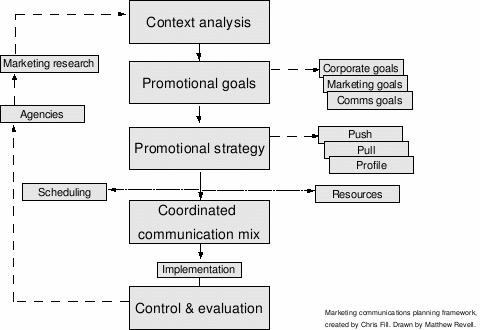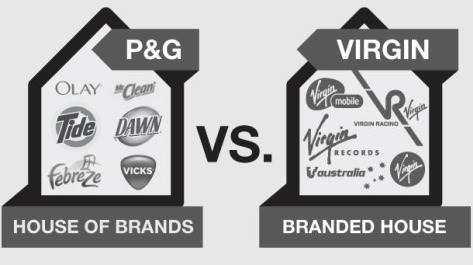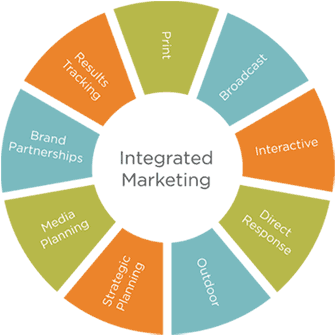How corporate image affects stakeholders' relationships?
Learning objectives
1. What is relationship management?
- Definitions of relationship management?
According to investopedia.com relationship management is "a strategy employed by an organization in which a continuous level of engagement is maintained between the organization and its audience." They also clarify that this relationship can be business/business or business/costumer type.
- The importance of stakeholder management with a company?
Stakeholder management is always important for a company but they can bring you some unexpected assets as well. As Elizabeth Harrin states in her article "Four unusual reasons why stakeholder management is important" the most important reason to keep up with good stakeholder relations is that stakeholders help you to understand how the people will be affected by e.g. your project. However these unexpected reasons that are mentioned in the article are:
1. Free resources
2. Reduce and uncover risk
3. Increased the perception of success
4. Easier project closure
2. How to create and maintain trust and loyalty with stakeholders through communication?
According to Helia Fred Garcia, it is important to take stakeholders seriously. But in order to take them seriously, you need to understand them and see their point of view on matters. You need to be interested in what matters to them in order to win them over. You also need to be able to engage them as much as possible. If you have bad news, you should be honest with stakeholders. Tell them everything that concerns them and tell it fast.
Forrest W. Anderson states in his blog that in order to create trust with stakeholders you have to treat them fairly. In addition to that whenever your organization is making important decisions, you should take your stakeholders' opinions into account. As an organization you should keep promises that you make as well. Finally you should be able to demonstrate your competence by doing what you say you are going to do.
He adds that you should pay attention and respond to what stakeholders say and do but also demonstrate commitment to them. You should also keep your stakeholders satisfied.
According to Helia Fred Garcia, it is important to take stakeholders seriously. But in order to take them seriously, you need to understand them and see their point of view on matters. You need to be interested in what matters to them in order to win them over. You also need to be able to engage them as much as possible. If you have bad news, you should be honest with stakeholders. Tell them everything that concerns them and tell it fast.
Forrest W. Anderson states in his blog that in order to create trust with stakeholders you have to treat them fairly. In addition to that whenever your organization is making important decisions, you should take your stakeholders' opinions into account. As an organization you should keep promises that you make as well. Finally you should be able to demonstrate your competence by doing what you say you are going to do.
He adds that you should pay attention and respond to what stakeholders say and do but also demonstrate commitment to them. You should also keep your stakeholders satisfied.
3. How to rebuild trust and loyalty with stakeholders through communication?
According to Graham Dietz in his article in the Guardian you need to first understand what trust is. Then you can create trustworthiness. It consists of three main characteristics which are technical competence to perform a task reliably (ability), having benign motives (benevolence) and acting according to acceptable ethical principles such as fairness and honesty (integrity). When you show these characteristics consistently and credibly, you will be trusted.
If your reputation is damaged, you need to be able to react quickly and try to regain the trust as fast as possible.
Source:
http://www.investopedia.com/terms/r/relationship-management.asp
http://www.pm4girls.elizabeth-harrin.com/2013/10/4-unusual-reasons-why-stakeholder-management-is-important/
http://www.amanet.org/training/articles/How-to-Use-Communication-to-Build-Trust-and-Inspire-Loyalty-as-Well-as-Lead-Effectively.aspx
http://forrestwanderson.blogspot.fi/2011/05/seven-tips-for-strengthening.html
http://www.theguardian.com/sustainable-business/rebuild-restore-recover-trust-business
http://www.pm4girls.elizabeth-harrin.com/2013/10/4-unusual-reasons-why-stakeholder-management-is-important/
http://www.amanet.org/training/articles/How-to-Use-Communication-to-Build-Trust-and-Inspire-Loyalty-as-Well-as-Lead-Effectively.aspx
http://forrestwanderson.blogspot.fi/2011/05/seven-tips-for-strengthening.html
http://www.theguardian.com/sustainable-business/rebuild-restore-recover-trust-business


















